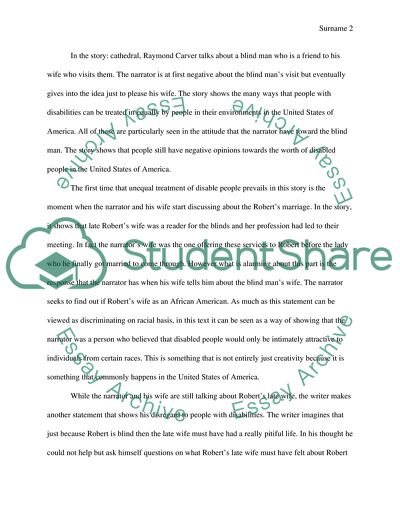Cite this document
(Equality: Awakening the American Sensitivity Research Paper, n.d.)
Equality: Awakening the American Sensitivity Research Paper. https://studentshare.org/literature/1821923-equality-awakening-the-american-sensitivity
Equality: Awakening the American Sensitivity Research Paper. https://studentshare.org/literature/1821923-equality-awakening-the-american-sensitivity
(Equality: Awakening the American Sensitivity Research Paper)
Equality: Awakening the American Sensitivity Research Paper. https://studentshare.org/literature/1821923-equality-awakening-the-american-sensitivity.
Equality: Awakening the American Sensitivity Research Paper. https://studentshare.org/literature/1821923-equality-awakening-the-american-sensitivity.
“Equality: Awakening the American Sensitivity Research Paper”. https://studentshare.org/literature/1821923-equality-awakening-the-american-sensitivity.


